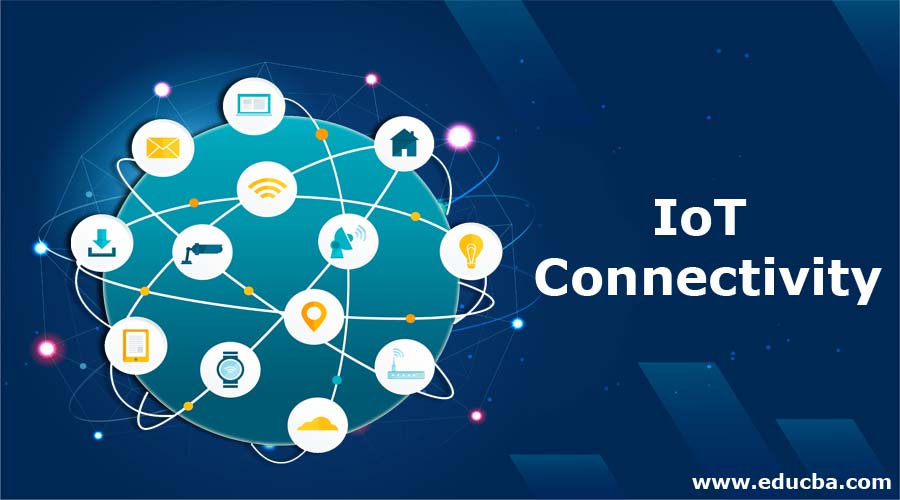
Description: Connectivity refers to the state of being connected or interconnected. It involves the ability of different systems, devices, or networks to link together and share information or resources.
Key Aspects:
Technological Connectivity:
• Network Connectivity: The ability of devices to connect to each other through networks like the internet, local area networks (LAN), or wide area networks (WAN).
• Internet of Things (IoT): The network of physical objects embedded with sensors, software, and other technologies to connect and exchange data with other devices over the internet.
• Wireless Technologies: Includes Wi-Fi, Bluetooth, and cellular networks which facilitate connectivity without physical cables.
Social Connectivity:
• Social Media: Platforms like Facebook, Twitter, and Instagram enable people to connect and communicate globally.
• Communication Tools: Applications like WhatsApp, Slack, and Zoom help individuals and teams stay connected and collaborate in real-time.
Infrastructure:
• Communication Networks: The physical and digital infrastructure required to facilitate connectivity, including routers, switches, and servers.
• Broadband Access: High-speed internet access that enables faster and more reliable connections.
Importance:
• Efficiency and Productivity: Connectivity allows for seamless communication and collaboration, enhancing productivity in both personal and professional contexts.
• Innovation: It drives technological advancements and the development of new services and applications.
• Globalization: Facilitates global interactions and exchange of information, contributing to a more interconnected world.
Content: Communication

Definition: Communication is the process of exchanging information, ideas, thoughts, or feelings between individuals or groups through various methods.
Key Aspects:
• Verbal Communication: The use of spoken or written words to convey messages. Includes face-to-face conversations, telephone calls, and emails.
• Non-verbal Communication: Involves body language, gestures, facial expressions, and other forms of non-verbal cues.
• Visual Communication: Uses visual elements like charts, graphs, and images to communicate information.
• Direct Communication: Face-to-face interactions or direct messaging.
• Indirect Communication: Communication through intermediaries or mediated by technology like emails or social media.
Communication Skills:
• Active Listening: The ability to attentively listen and respond to messages.
• Clarity and Conciseness: Conveying messages in a clear and straightforward manner.
• Empathy: Understanding and acknowledging the emotions and perspectives of others.
Communication Barriers:
• Physical Barriers: Geographical distance or technical issues that hinder communication.
• Language Barriers: Differences in language or terminology that affect understanding.
• Cultural Barriers: Variations in cultural norms and practices that impact how messages are perceived.
Importance: